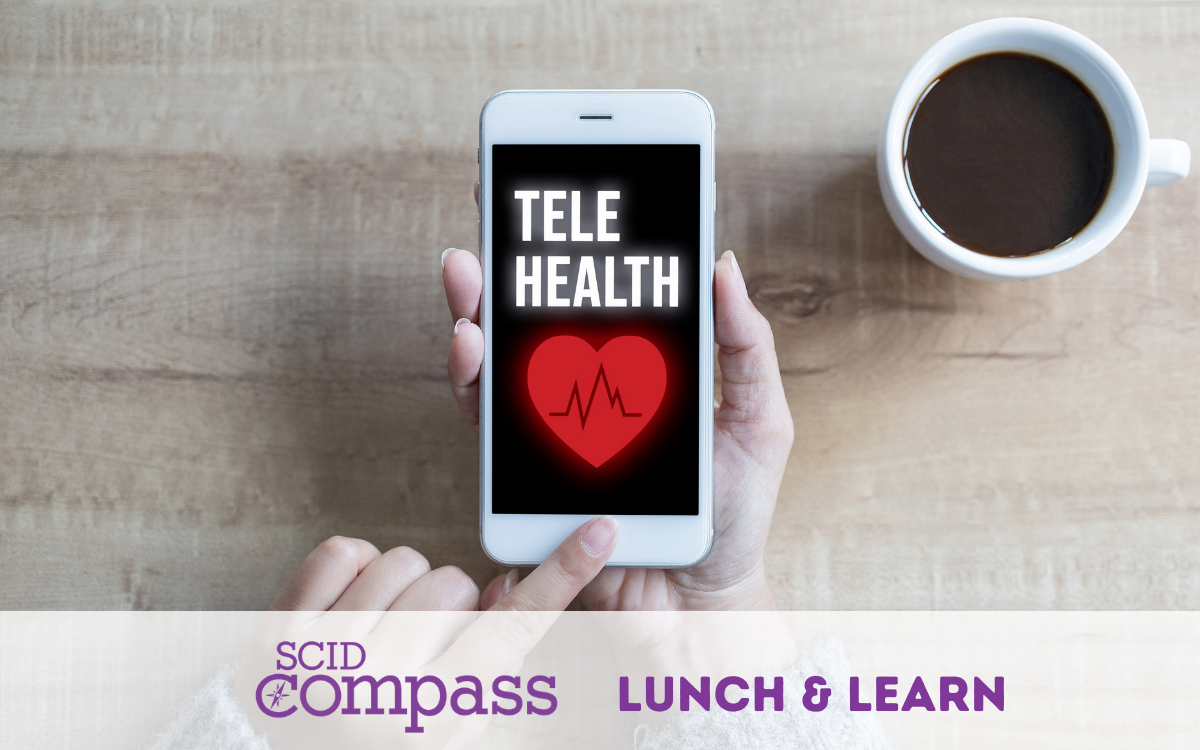
-
Understanding primary immunodeficiency (PI)

Understanding PI
The more you understand about primary immunodeficiency (PI), the better you can live with the disease or support others in your life with PI. Learn more about PI, including the various diagnoses and treatment options.
-
Living with PI
-
Addressing mental health
-
Explaining your diagnosis
- General care
- Get support
- For parents and guardians
-
Managing workplace issues
- Navigating insurance
-
Traveling safely

Living with PI
Living with primary immunodeficiency (PI) can be challenging, but you’re not alone—many people with PI lead full and active lives. With the right support and resources, you can, too.
-
Addressing mental health
-
Get involved

Get involved
Be a hero for those with PI. Change lives by promoting primary immunodeficiency (PI) awareness and taking action in your community through advocacy, donating, volunteering, or fundraising.
-
Advancing research and clinical care
-
Grants
-
IDF surveys
-
Participating in clinical trials
-
Diagnosing PI
-
Consulting immunologist
-
Clinician education

Advancing research and clinical care
Whether you’re a clinician, researcher, or an individual with primary immunodeficiency (PI), IDF has resources to help you advance the field. Get details on surveys, grants, and clinical trials.
-
Grants
What is telehealth, and how is it helpful for addressing healthcare needs, particularly for those diagnosed with severe combined immunodeficiency (SCID)?

The February SCID Compass Lunch & Learn explored this topic during “The Telehealth Landscape,” a presentation by Dr. Saira Haque, director of interoperability and clinical informatics at Research Triangle International (RTI), a partner in the SCID Compass program.
Telehealth is known by various terms - telemedicine, digital care, virtual care, and remote learning. Regardless of what it’s called, telehealth is the process of using technology for diagnosis, treatment, support, and care management for patients. Telehealth takes place through interactive, electronic information sharing, and that interaction could be on a computer, a phone, or other electronic device using apps such as Zoom or FaceTime.
“The key is having interactive information exchange mediated by technology,” said Dr. Haque.
Dr. Haque explained that telehealth could take several different forms, including:
- Live audio and video for patient to provider visits and provider to provider meetings
- Store and forward, in which providers gather patient information, store it, and then send it to other providers
- Remote patient monitoring in which providers keep track of patient vitals (such as heart rate) from a computer, reducing the need for in-person visits
- Mobile health, where patients use smartphone apps or texting to communicate with providers
Using telehealth provides a variety of benefits in receiving medical care. One benefit is that telehealth allows a person who may live far away from doctors, particularly specialists, the opportunity to have an appointment without driving hours from home.
Telehealth can also make it easier for patients to manage chronic conditions, such as SCID, which often require frequent visits to the doctor. Patients can opt for a mix of virtual and in-person visits, if appropriate, and loop in other providers for care team meetings.
Patients may use telehealth to communicate with providers through portals and apps and send providers health information such as blood glucose levels or weight. And providers can meet with each other through telehealth to discuss patients or share information about treatments.
Dr. Haque discussed the changes in the use of telehealth since the pandemic began. The number of patients using telehealth rose significantly in March and April of 2020, then slowly decreased and finally leveled out. However, current telehealth use still remains above pre-pandemic levels.
Healthcare entities altered their telehealth policies in response to the pandemic emergency and patient requirements for social distancing. Centers for Medicare and Medicaid Services expanded reimbursement for telehealth services. Changes included ensuring that providers got paid the same for in-person and telehealth visits, expanding provider types, and removing geographic restrictions. Many health insurance companies and Medicaid programs followed suit.
Other pandemic-related changes in telehealth included:
- Increased use of inter-state compacts, allowing providers to practice medicine through telehealth in states where they are not licensed
- Permission to use consumer-facing technologies such as FaceTime and Skype, rather than more secure technologies, by the Office of Civil Rights, which oversees HIPAA
- Federal Communications Commission grant-funded broadband expansion in rural, frontier, and reservation locations, making it easier for people in those areas to obtain internet access
Dr. Haque outlined several specific uses for telehealth, including access to genetic counselors and geneticists, which are in short supply in the United States.
“What that means is that after a positive screening (for SCID), it might not be possible to have quick and easy and local access to a genetic counselor, so telehealth can be used to expand that,” explained Dr. Haque.
“You could have virtual access to a counselor. Depending on what happens after the screening and the testing, if someone does have a rare disease like SCID or any other, then telehealth can be used to facilitate care. The care facilitation can be between providers, provider and patient visits, and then also things like care team meetings or support groups.”
It’s crucial that parents of children with rare diseases have ways to connect with each other, she said.
“Support groups can be of particular importance for rare diseases because there might not be anyone locally that a parent can go and get coffee with or, perhaps if someone is in the hospital with their child who has had a bone marrow transplant and they can’t leave, then telehealth can really help with that support and information sharing,” said Dr. Haque.
Diagnosis
Related resources
Sign up for updates from IDF
Receive news and helpful resources to your cell phone or inbox. You can change or cancel your subscription at any time.





The Immune Deficiency Foundation improves the diagnosis, treatment, and quality of life for every person affected by primary immunodeficiency.
We foster a community that is connected, engaged, and empowered through advocacy, education, and research.
Combined Charity Campaign | CFC# 66309




